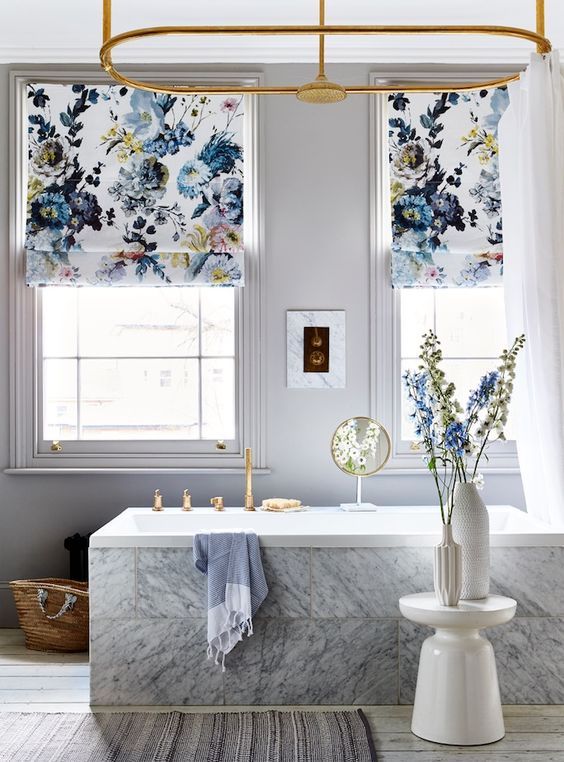uPVC windows are incredibly popular in both commercial and residential properties across the country and the world. The material, unplasticized polyvinyl chloride, is inexpensive and incredibly versatile, and durable. It is the 2nd most used polymer for that exact reason. It can be used to make uPVC window frames, as well as door frames, and garage doors.

3 simple ways to update your uPVC windows colour
Can you change the colour of uPVC windows?
The simple answer is yes.
One of the benefits of uPVC windows and doors is that you can change the colour of them pretty easily. uPVC window frames in particular are frequently altered to better fit the personality of the person living within a property. Coloured uPVC windows can really change the whole appearance of a property, and is done by many homeowners and business owners alike.
As well as changing the colour of uPVC windows you can also replace uPVC window frames, although this is a long, costly job.
Why change the colour of uPVC windows?
There are a few reasons that someone may opt to change the colour of their uPVC window frames. For one, it may help when renting or selling a property. Nicely coloured uPVC windows increase a building’s curb appeal, which in turn can increase the value of a home. It is a small change to make in order to earn more money in the long run.
Another reason people choose to change the colour of their uPVC windows is to make the uPVC windows last longer. Certain methods of changing the colour of uPVC window and door frames can protect the material from weathering, and this ends up saving homeowners money by extending the life of their uPVC windows.
Finally, it may simply just be because the current colour of the uPVC windows is unattractive. There was a trend not too long ago of installing brown uPVC windows into properties, and these are now often seen as dated and ugly, so many people choose to change them to a more neutral or modern colour like anthracite grey or white.
How to change the colour of uPVC windows
There are a few different ways to change the colour and appearance of uPVC windows, all of which come with their own benefits and negatives.
1. Liquid dip
Liquid dip is a technique that has been used in the automotive industry for a long time. It is occasionally also used in projects involving uPVC, like changing the colour of your uPVC. It involved air drying, a type of rubber coating that is spray painted directly onto the uPVC. The coating is peelable, flexible, and comes in a wide range of colours, giving people lots of options when it comes to designing coloured uPVC windows.
The material for liquid dip comes in a can, like spray paint, and can be applied to any surface. It is, however, relatively expensive and those who use it often report a rubbery feel and look at the material once applied to the uPVC window. Since it was designed for automotive, this is not a huge surprise. Likewise, the material was not built or designed to be particularly durable. It is not resistant to weather or friction, and as such can wear away from the uPVC over time, leaving the uPVC windows looking poor.

2. Vinyl wrap
Vinyl wrapping is also often used on cars and kitchens, but can be used in many other places too – vinyl wrapping your kitchen is a common use. It has been used very creatively in the past on things like garage doors, for example, but can also be one way to colour uPVC windows. It involves a large sheet of flexible vinyl being bent around and stuck down onto the uPVC with powerful adhesives, creating a coloured coating.
The issue with vinyl wrap is that it is an expensive process, and when you factor in the costs of the labour, it only becomes more expensive. The process is very slow, so hiring professionals who pay by the day or hour is more than likely going to cost a pretty penny. The material is hard to work with, too, so it is almost impossible to DIY a vinyl wrap unless you have done it before.
3. Painting uPVC windows
The most common way to change the colour of uPVC is by spray painting the uPVC window frames. uPVC painting is offered by hundreds of professionals up and down the country, but it is also a job that is relatively simple, and so many homeowners choose to paint uPVC windows themselves. The cost of having uPVC windows sprayed is substantially cheaper than the alternative two methods, but of course, it is always cheaper to do it yourself as you will not have to pay for labour. #
Spray painting uPVC windows and doors is a great way to change the colour of uPVC windows frames. It involves using a specially formulated coloured paint and spray painting it evenly across the material. There is a small amount of prep work involved, but ultimately, it is the most cost effective way to colour uPVC windows and uPVC doors.

uPVC painting has been shown to prolong the life of uPVC by providing protection from harmful UV rays, and the specially formulated paints used are resistant to friction, weathering and other things that may otherwise ruin the perfect finish. With the right paint and primer, homeowners who choose to paint uPVC windows can end up with brilliantly colourful uPVC frames that look like they’ve had new windows put in. uPVC windows and doors will need a top up of paint eventually, but typically a good spray paint job will last around 8 to 10 years, so you won’t have to worry about needing to paint uPVC windows again for a good while!
